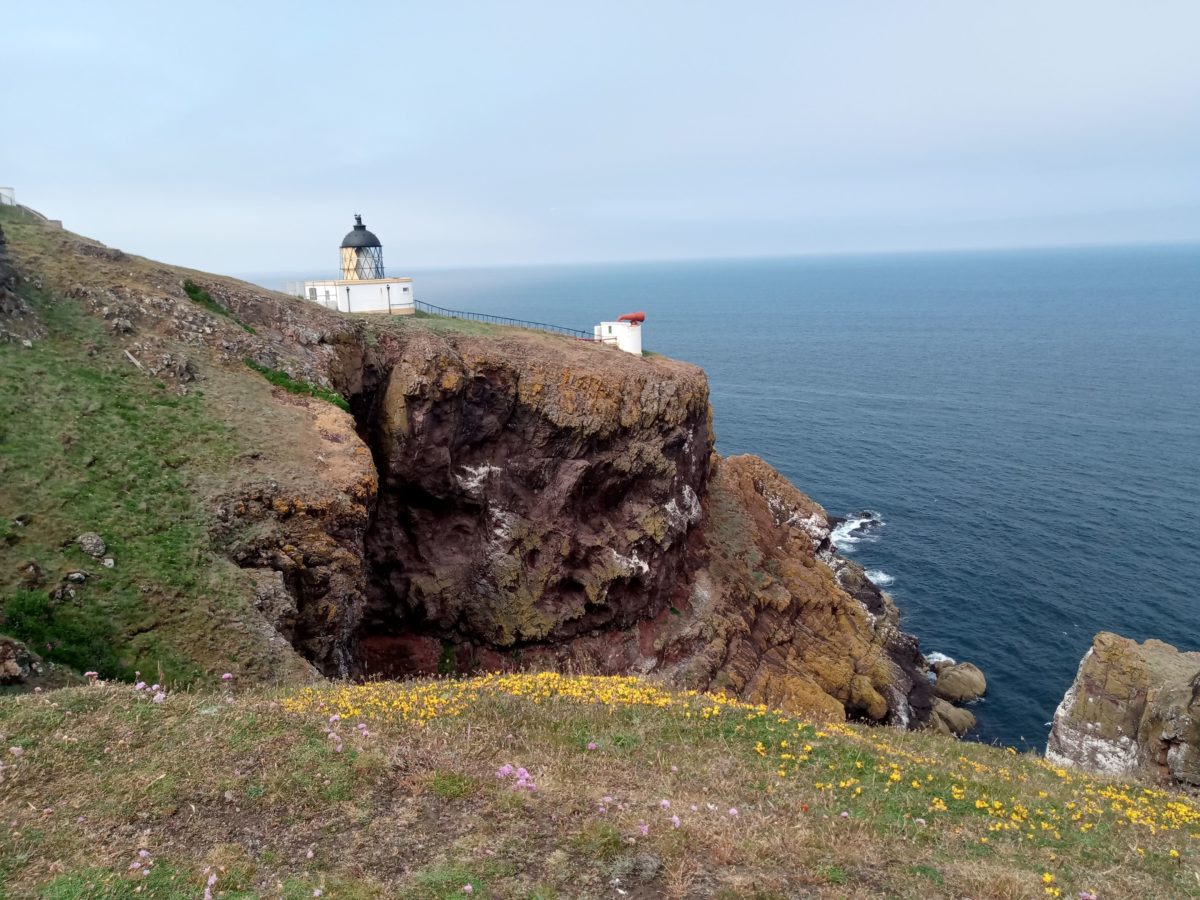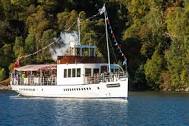Letter from Scotland
Walking on the bird-studded cliffs at St Abbs’ Head on a balmy day last weekend, it was easy to be lulled into believing that “God’s in his heaven and all’s right with the world.”
But the past fortnight of dry, sunny, warm weather, with temperatures topping 30°C, may not last long. And indeed the official “heatwave” has brought its own problems.
Scotland’s 630 fire engines have been busy with wildfires, in forests and on tinder-dry moorland, besides turning out to some 80 false alarms every day. There was a large wildfire earlier this week at Daviot, near Inverness, where half a square mile of pine woods were destroyed and flames came within a 100 yards of a care-home. Later there were major fires at Rannoch in the Highlands, the Kincorth area of Aberdeen and on a farm outside Kelso in the Borders.

But there have been heavy thunder-showers too in parts of the Highlands and West Coast. There were minor landslides in Glencoe and at Roy Bridge. A cairn on the top of Ben Nevis was blown apart by what mountaineers believe was a thunderbolt. One even likened it to a blow by the Norse god Thor. It’s not the first warning we’ve had from the gods about climate change.
There have been a couple of warning lights about the state of the NHS this week. Junior doctors have announced plans to strike for three days in mid-July. They say the government’s offer of a 14 per cent pay rise over two years goes nowhere near compensating for a 28 per cent fall in their wages since 2008.
And just as the Health Secretary Michael Matheson announced a new ten-year plan to tackle the upsurge in cancer cases, it emerged that 42 per cent of them are presenting late. And the waiting time target of 60 days for first treatment is being missed by the worst margin for a decade. These are just this week’s signs of the strains in our health service, caused by an aging population and under-investment.
The opposition parties blame the SNP for the under-investment. But they don’t have the courage to say where they would find the money. It’s much easier to tut-tut at the arrest this week of the former First Minister Nicola Sturgeon. She was questioned by the police for seven hours about the “missing” £600,000 in the SNP party finances. At least, we think that is what it was about. The police inquiry is a curious thing in many respects. Why is it taking so long? Why question Nicola Sturgeon a month after her husband, Peter Murrell, the former chief executive of the SNP? Why arrest her on a Sunday afternoon?
Perhaps the new chief constable will be able to bring some sense to the investigation. Jo Farrell has served as the Chief Constable of Durham since 2019 and will be the first woman to lead Police Scotland. She will have a challenging in-tray on her desk when she takes over in August. The Scottish force is “institutionally racist and misogynist” according to the out-going chief constable Sir Iain Livingstone. It is also facing budget cuts – £200 million a year according to Sir Iain – and officer numbers have fallen by 900 over the last decade.

I hope the steamship Sir Walter Scott gets its passenger certificate in time for this weekend’s first sailing on Loch Katrine for three years. It’s been undergoing a £750,000 refit for the past 18 months, including two new boilers and a new deck. Passengers on this iconic 123-year old steamship will be taken down Loch Katrine to be shown the beauty of the Trossachs and the headland where some of the scenes of the TV drama “Outlander” were filmed.
It’s interesting how the tourism industry in Scotland often revolves around myth and legend. It was Walter Scott who brought the first wave of tourists to Scotland with his “Rob Roy MacGregor” and his “Lady of the Lake”. Now it’s tales like Dan Brown’s “Da Vinci Code” and J K Rowling’s “Harry Potter”.
Someone needs to write a story about a monster in a deep loch..…or was that done a very long time ago?